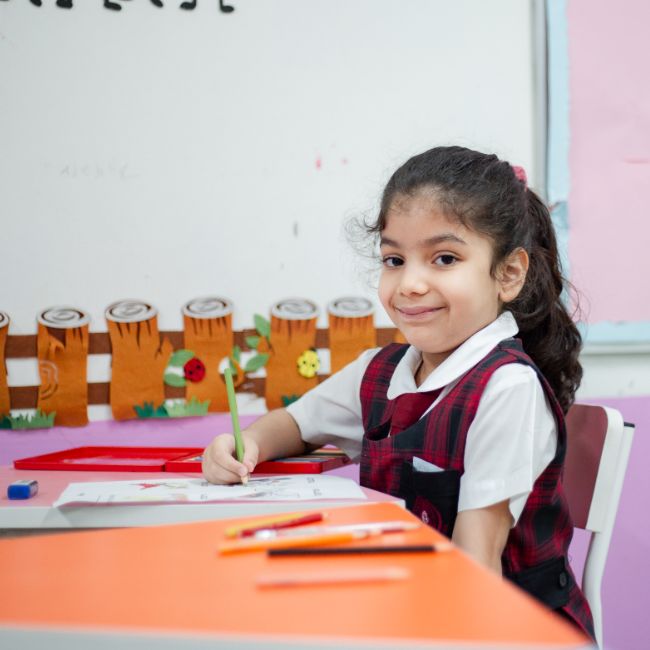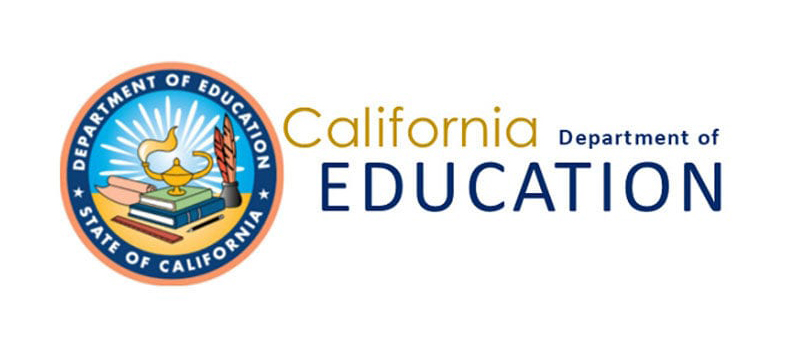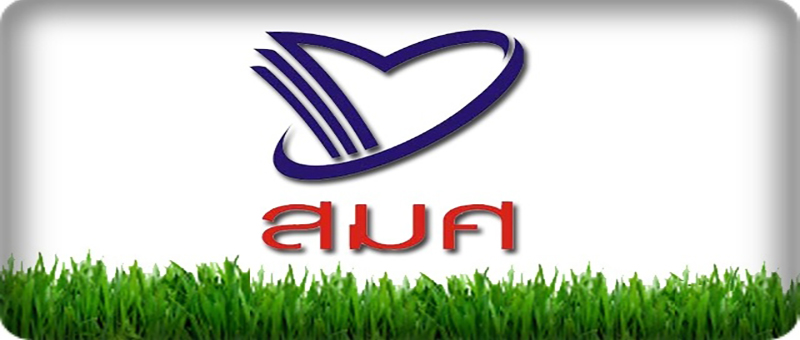Kindergarten
CPREP International School Kindergarten
We provide the best balanced and child-centered education that enhances self-confidence, creativity, problem-solving skills, and math.
This program is tailored to satisfy the needs of the children from 3 to 5 years old. More fun activities, indoor and outdoor, will be enjoyed by the students.
Teachers are highly encouraged to inspire the children with frequent outdoor activities close to the miracles of Nature. We realize that these small ones need a lot of oxygen for their growth especially their developing brains and muscles. With our great curriculum delivery, we put safety as number one priority.

Ojectives:
- To instill in the minds of the pupils that they are highly valued and respected
- To incorporate the values of acceptance, respect, and tolerance regardless of colors, status, & nationality
- To develop the social skills, love of learning and reading habit
- To improve the language proficiency through whole language and phonics with emphasis on the foundation skills in speaking, listening and handwriting
- To build relationship with parents through dialogues and progress reports
- To highly involve parents in various activities To introduce activities
- That lead to drawing connections, understanding of numbers, interactive communication, and love for school
We dedicate our life to our profession in harnessing and preparing your child towards the future.
FAQ
Kindergarten Admission Questions
Lorem ipsum dolor sit amet, consectetur adipiscing elit. Ut elit tellus, luctus nec ullamcorper mattis, pulvinar dapibus leo.
Lorem ipsum dolor sit amet, consectetur adipiscing elit. Ut elit tellus, luctus nec ullamcorper mattis, pulvinar dapibus leo.
Lorem ipsum dolor sit amet, consectetur adipiscing elit. Ut elit tellus, luctus nec ullamcorper mattis, pulvinar dapibus leo.
Lorem ipsum dolor sit amet, consectetur adipiscing elit. Ut elit tellus, luctus nec ullamcorper mattis, pulvinar dapibus leo.
Lorem ipsum dolor sit amet, consectetur adipiscing elit. Ut elit tellus, luctus nec ullamcorper mattis, pulvinar dapibus leo.
Lorem ipsum dolor sit amet, consectetur adipiscing elit. Ut elit tellus, luctus nec ullamcorper mattis, pulvinar dapibus leo.
Contact
Let us know if you have questions, inquiries, & Suggestions
Phone:
- +66 (0)36 358 714
- +66 (0)81 257 5455
- +66 (0)85 119 2147




